
Key Points of the Executive Order on Artificial Intelligence (AI) Infrastructure:
Purpose and Goals
- AI Significance: AI is critical for national security, economic competitiveness, and clean energy leadership.
- National Security: Strengthen AI capabilities to prevent adversaries’ misuse and support U.S. defense and intelligence.
- Economic Growth: Encourage private-sector investments and foster a competitive AI ecosystem, including support for small developers.
- Clean Energy: Align AI infrastructure with clean energy advancements to minimize environmental impact.
Guiding Principles
- National Security: Safeguard AI development sites with robust security and manage risks from frontier AI.
- Economic Competitiveness: Ensure U.S. leadership in AI development and maintain affordable energy prices.
- Clean Energy Use: Operate AI data centers using renewable energy sources like solar, wind, nuclear, and geothermal.
- Community Benefits: Prioritize local job creation and mitigate potential community and environmental impacts.
- Labor Standards: Enforce high-quality labor practices and ensure workers benefit from AI infrastructure development.
Federal Actions
- Federal Sites: Identify and prepare federal lands for AI data centers and clean energy facilities by 2025.
- Infrastructure Development: Establish interconnection points, secure clean power sources, and improve grid infrastructure.
- Permitting and Approvals: Expedite environmental reviews and permitting for AI infrastructure by 2025.
- AI Standards: Develop cybersecurity and safety frameworks for AI systems on federal sites.
- Supply Chain Resilience: Address risks in critical components like semiconductors, transformers, and AI-related materials.
Clean Energy Integration
- Geothermal and Nuclear Energy: Designate priority zones for geothermal projects and expedite nuclear capacity deployment for AI needs.
- Efficiency Goals: Set benchmarks for data center energy and water efficiency and promote waste heat reuse.
Global Engagement
- International Collaboration: Partner with allies to promote trusted global AI infrastructure and share best practices.
- Export Facilitation: Support exports of advanced U.S. AI technologies and nuclear power solutions.
Implementation and Accountability
- Timelines: Milestones include identifying sites (2025), operational readiness (2027), and completing relevant studies/reports (2025–2035).
- Regulations and Oversight: Agencies must issue frameworks for permitting, supply chain security, and clean energy integration.
This comprehensive plan solidifies the U.S.’s commitment to AI leadership while prioritizing clean energy, community benefits, and national security.
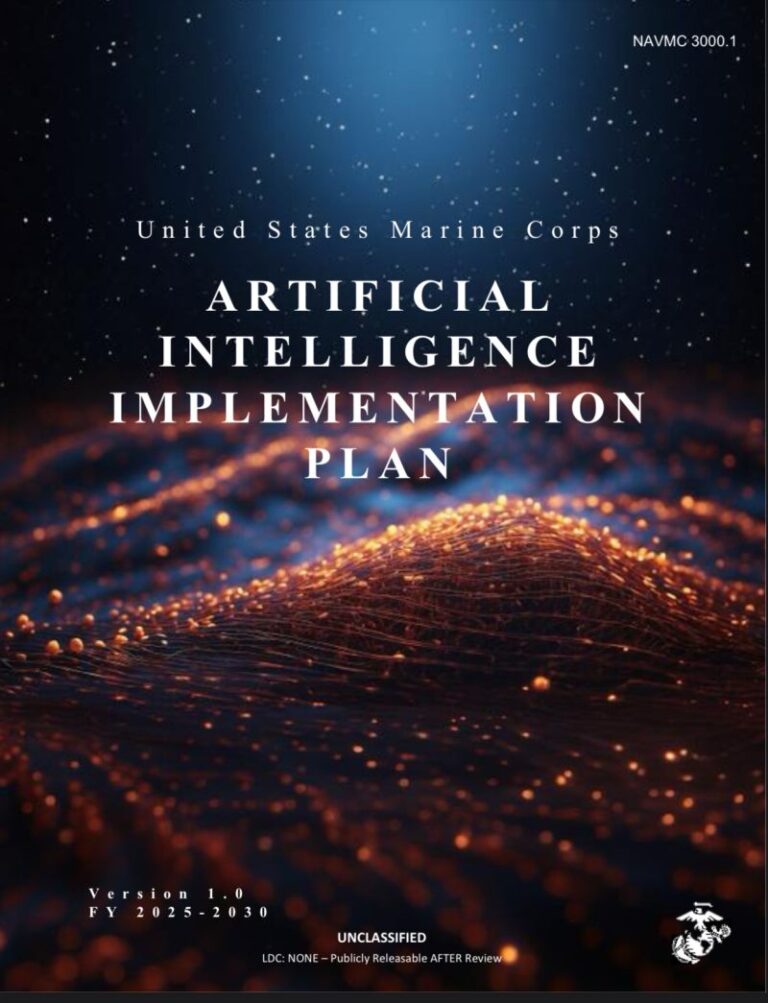
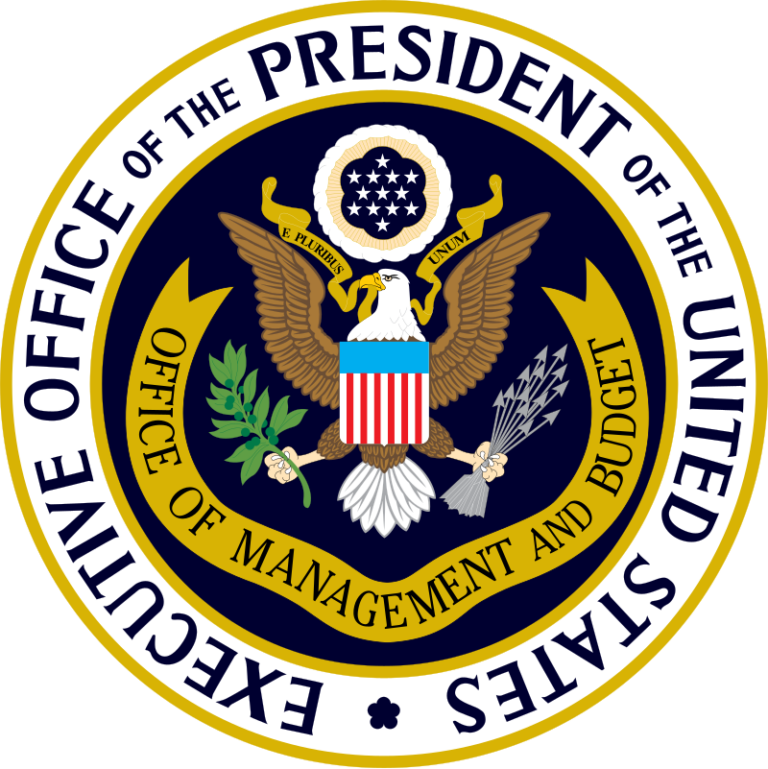
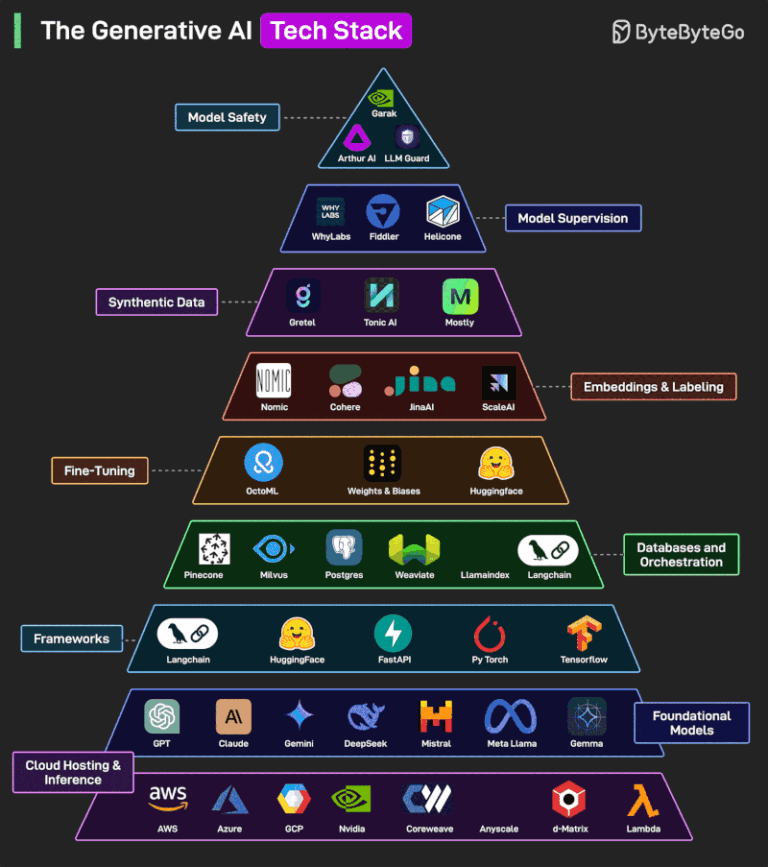

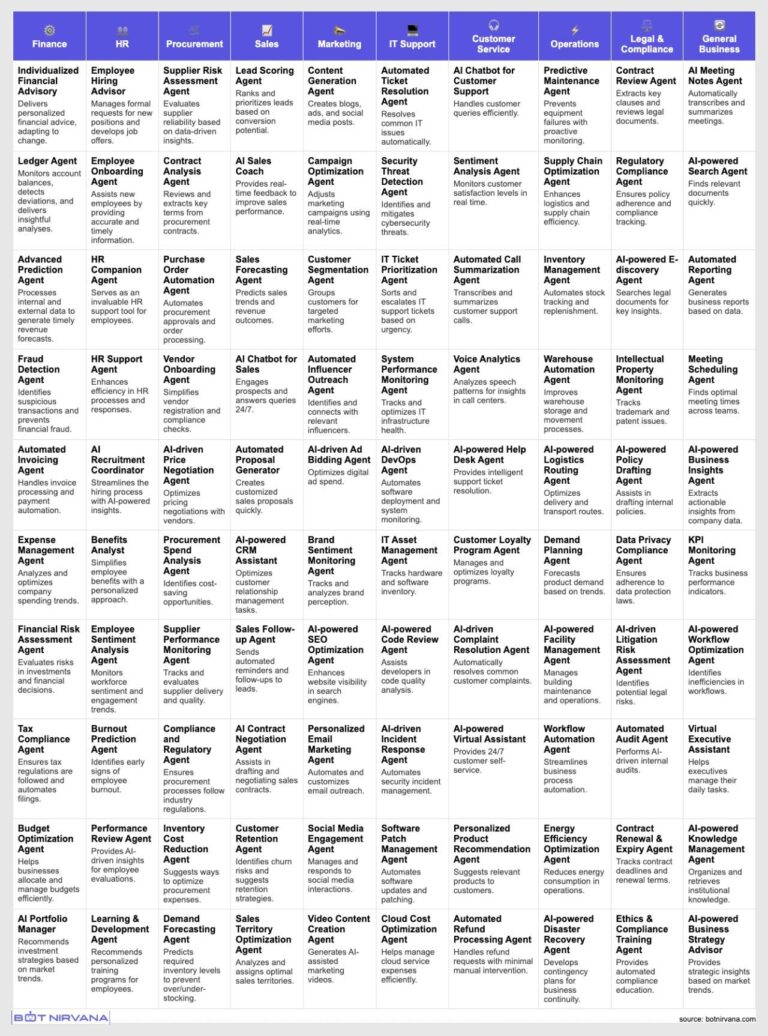
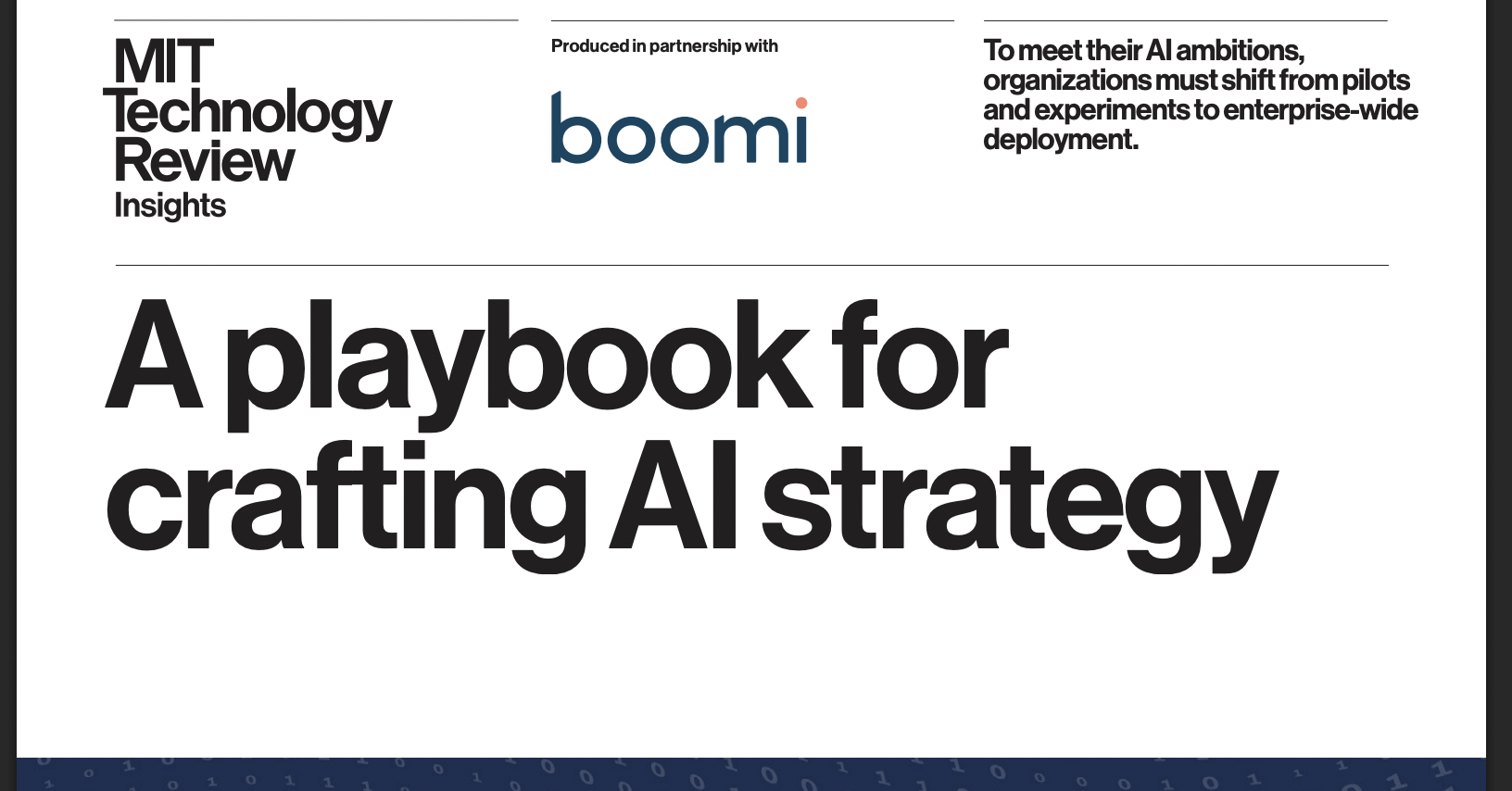
This executive order aligns closely with our mission and goals:
Mission Alignment
AI Leadership and Competitiveness:
The order prioritizes U.S. leadership in AI development, focusing on national security and economic competitiveness, mirroring AABA’s mission to ensure AI advancements prioritize American interests and maintain technological dominance.
Vendor- and Technology-Agnostic Ecosystem:
It promotes an open, competitive technology ecosystem where small developers and startups can thrive, aligning with AABA’s goal of reducing vendor lock-in and fostering interoperability.
Cost-Effectiveness:
The emphasis on private-sector investment and clean energy solutions to power AI data centers aligns with AABA’s focus on providing cost-effective, sustainable AI implementations for businesses.
Policy Influence and Advocacy:
By establishing frameworks for AI infrastructure and cybersecurity, the order reflects the type of policy-driven approach AABA seeks to advocate for in ensuring safe, ethical, and trustworthy AI systems.
Goal Alignment
Infrastructure for AI:
The order’s focus on building robust AI infrastructure (data centers, supply chains, energy systems) directly supports AABA’s objective of enabling scalable and secure AI operations across industries.
Sustainability:
Advancing clean energy technologies for AI infrastructure supports AABA’s commitment to sustainable AI practices that align with future energy and environmental goals.
Workforce and Community Benefits:
High labor standards and community consultation in AI infrastructure projects reflect AABA’s commitment to ensuring societal benefits from AI advancements, including workforce development and equitable opportunities.
National Security Integration:
The integration of AI into defense and intelligence aligns with AABA’s emphasis on AI applications that safeguard national interests.
Global Collaboration:
Encouraging international partnerships while maintaining a strong domestic base aligns with AABA’s goal of positioning the U.S. as a global AI leader.